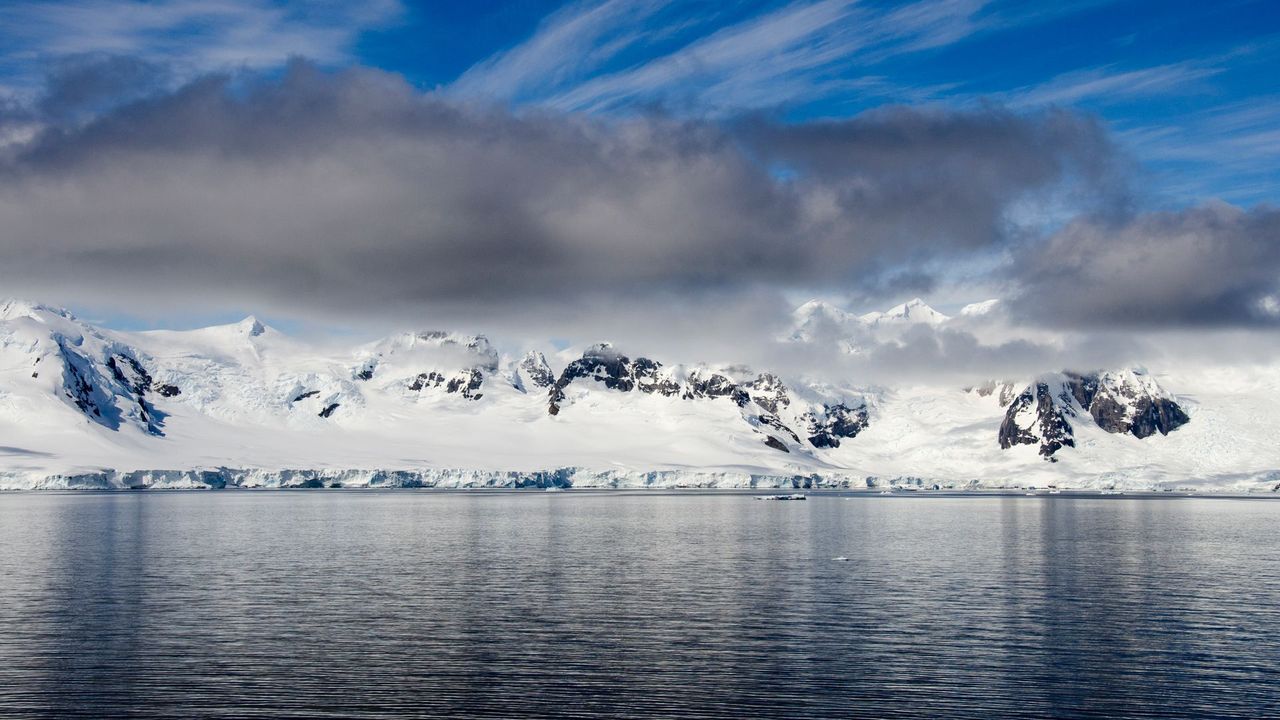Recent research has highlighted a concerning trend for Antarctic wildlife: increased exposure to the Sun’s harmful ultraviolet (UV) rays due to the lingering ozone hole over the continent. Scientists warn that this prolonged ozone depletion poses significant risks to the health and well-being of polar animals, particularly during the Antarctic summer months.
The study, published in the journal Global Change Biology, underscores the repercussions of the ozone hole, which was first discovered in 1985. While efforts to phase out ozone-depleting chemicals, such as chlorofluorocarbons (CFCs), have led to the healing of the ozone layer, a persistent hole persists over Antarctica, primarily due to chemical reactions occurring in extreme cold temperatures.
Prof. Sharon Robinson, a climate change biologist, emphasizes that the prolonged presence of the ozone hole, now extending into December, exposes Antarctic flora and fauna to increased UV radiation. While certain animals may be protected by fur and feathers, the risk of eye damage remains a concern.

Researchers have observed Antarctic plants, including mosses, producing their own protective compounds akin to sunscreen. However, this adaptation comes with a trade-off, as energy allocated to sun protection detracts from growth potential. Additionally, Antarctic krill, a vital component of the marine ecosystem, alter their behavior to avoid UV exposure, potentially disrupting the food chain.
The study underscores the interconnectedness of environmental factors, with Australian wildfires in 2019 and 2020 exacerbating ozone depletion. Prof. Jim Haywood warns against complacency, stressing the need for continued vigilance in addressing factors contributing to ozone depletion, including wildfires and volcanic eruptions.
Furthermore, the potential risks associated with proposed geoengineering solutions highlight the importance of addressing climate change as a primary mitigation strategy. Prof. Robinson emphasizes the imperative of reducing carbon emissions to mitigate the impact on the ozone layer and safeguard Antarctic ecosystems.
As Antarctic wildlife faces mounting challenges posed by ozone depletion and climate change, urgent action is needed to protect these unique ecosystems and ensure the survival of vulnerable species. Heightened awareness and concerted efforts to address underlying environmental threats are essential for preserving the delicate balance of Antarctic ecosystems.
